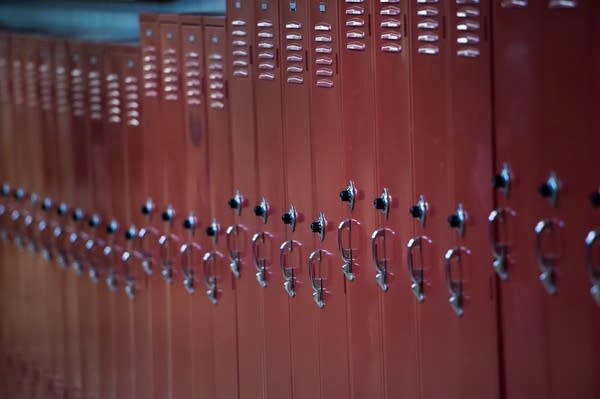Human Rights Department analyzes discipline disparities at MN schools

Lockers at a Minnesota high school on the first day of school on September 2, 2015.
Caroline Yang for MPR News 2015
Go Deeper.
Create an account or log in to save stories.
Like this?
Thanks for liking this story! We have added it to a list of your favorite stories.


